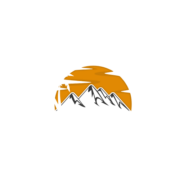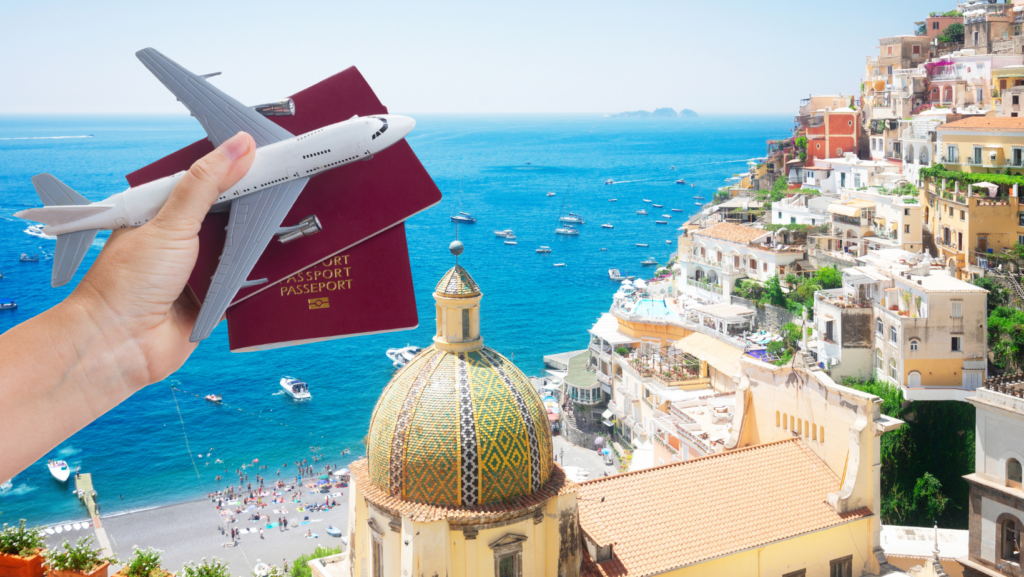Traveling internationally is an exciting adventure, but it’s also packed with its own set of challenges. From language barriers to navigating unfamiliar transportation systems, globetrotting isn’t always a walk in the park. However, with the right tips and tricks up your sleeve, you can transform your travel experience from stressful to seamless.
This article aims to equip you with the best international travel hacks, gleaned from seasoned travelers who’ve been there, done that. Whether you’re a first-time traveler or a seasoned globetrotter, you’ll find these hacks invaluable. So buckle up, and get ready to make your next trip the best one yet.
No matter where you’re headed, these travel hacks will help you navigate your journey with ease and confidence. So let’s dive in and explore how to make the most of your international adventures.
International Travel Hacks
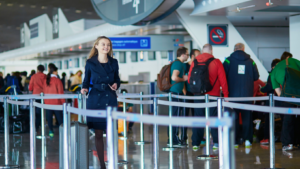 Venturing beyond borders, getting ready for adventure to make international travel hacks a breeze. Let’s explore currency management and navigating linguistic diversity.
Venturing beyond borders, getting ready for adventure to make international travel hacks a breeze. Let’s explore currency management and navigating linguistic diversity.
Capitalizing on strategies from seasoned travelers, it’s time to conquer professional packing. This section shares travel hacks focusing on what to pack and how to do it efficiently.
Clothing Essentials for Every Climate
A pro traveler recognizes a fundamental rule: A climate-aware wardrobe is crucial for comfort on the go. It’s sensible to research destination weather before departure. Varying climates globally necessitate the incorporation of layered outfits. These encompass three parts: base layers for moisture management, mid layers for heat retention, and outer layers for weather resistance. An example of this strategy includes moisture-wicking t-shirts, fleece sweaters, and waterproof jackets for a trip to a rainy or snowy location. These garments work in tandem to keep the traveler snug and dry. Additionally, clothing choices can be further precision-tuned for humidity levels, wind speeds, precipitation, and sun exposure.
Connection and Communication Hacks
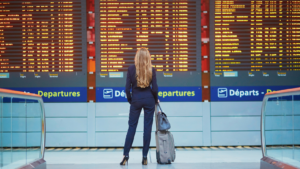 Disregard connection challenges and language barriers as this section navigates the ins and outs of communication during international travel, focusing specifically on data and Wi-Fi abroad, and viable solutions to language problems.
Disregard connection challenges and language barriers as this section navigates the ins and outs of communication during international travel, focusing specifically on data and Wi-Fi abroad, and viable solutions to language problems.
Immersion in foreign locations presents its connectivity challenges. For example, sporadic Wi-Fi coverage or pricey data plans. Fortunately, a handful of hacks can keep travelers connected. Firstly, gain access to stable internet through local SIM cards. They usually offer cost-effective data packages— a vital backup for when Wi-Fi isn’t within reach. Secondly, consider investing in a personal Wi-Fi hotspot. Such devices provide reliable internet access whenever you want, though one needs to evaluate the initial cost and pay-as-you-go rates.
Overcoming Language Barriers
Venturing into lands where people speak different languages might seem daunting. After all, it’s not just about ordering food — it’s about understanding directions, street names, or potential emergency situations. However, overcoming language barriers isn’t as complicated as one might think. Utilize translation apps such as Google Translate or Duolingo. They offer instant translation and language learning features, respectively. But don’t just lean on technology, try learning key phrases and cultural nuances too. Interact with locals, who offer the best language lessons and cultural insights, only if you’re brave enough to stray from your language comfort zone.
Safety Measures for International Travel
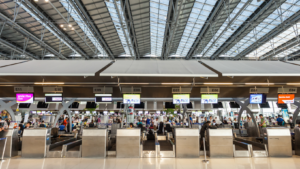 Navigating international travel hacks involves an extra layer of safety measures. This section provides essential precautions, focusing on health and safety, and the significance of travel insurance.
Navigating international travel hacks involves an extra layer of safety measures. This section provides essential precautions, focusing on health and safety, and the significance of travel insurance.
When embarking on international travel, health and safety are paramount. Firstly, travelers must update their routine vaccines, including ones for measles, mumps, rubella (MMR), diphtheria, tetanus, pertussis (DTaP), and Poliovirus. Secondly, they are advised to consult healthcare professionals 4-6 weeks before their travel to discuss destination-specific vaccinations, e.g., Yellow Fever, especially for places with tropical climates. Thirdly, travelers should carry a comprehensive first-aid kit, inclusive of prescription drugs, analgesics, antidiarrheals, and rehydration solutions, addressing minor ailments and emergencies.
Preventing foodborne and waterborne diseases, travelers could opt to eat only fully cooked foods and drink bottled water. Lastly, they should practice frequent hand hygiene, particularly before consuming food and after visiting public spots, as a measure against infectious diseases.
